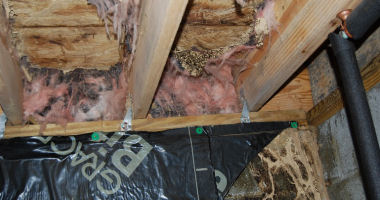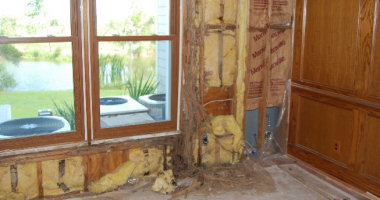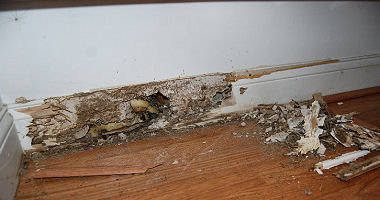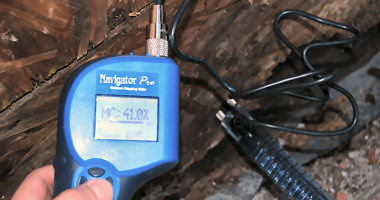

The purpose of invasive or destructive testing is to determine the existence, extent and source of obstructed or hidden structural damage. In addition, this process of assessment may result in service-life projection; detect design weaknesses and or reveal materials that are substandard, inappropriate for specific use, or which fail to meet architectural and engineering standards and specification. In some circumstances, improper or inferior installation and application techniques may be determined as the primary source of structural failure.
Tests are carried out to determine and understand a
specimen's structural performance or material behavior under
different situations or loads. These tests are generally
much easier to carry out, yield more information, and are
easier to interpret than non invasive assessments.
When destructive testing is necessary, limited portions of
structural surfaces are removed for assessment. Typical
surface examples are exterior siding, brick, drywall,
ceramic tile, stone and other veneer surfaces; shingles,
footers and various foundation components. When testing is
completed, appropriate repairs are made within the defined
scope of work.
The most common structural failures
are associated with water intrusion and foundation system
deficiencies. All destructive testing is a “one step at a
time” assessment. At the completion of this process, the
disturbed area is secured, repaired, and or returned to its’
original condition based on a predetermined scope of work
agreement.
Coastal areas are well known for moisture
challenges. Old sayings like, “water seeks a dry place”,
“brick is a wick for water”, and “it all runs down hill”,
are expressions based on factors that bring water and
moisture into our everyday living. The problem is - water
and moisture are not friends to your structure. Using the
latest technology, we can test for moisture levels in wood,
plaster, concrete, gypsum, paint and EFIS.
In
addition, Visual Consulting, LLC can test for some gas leaks
and radon gas. The use of video bore-scope equipment allows
access to some locations often reducing the need for
destructive testing.
Confirmation of thermal resistant
coatings on windows (Low E glass testing), in new
construction can be beneficial in truly understanding energy
efficiency. Eliminating the nagging question of mold in
drywall and crawl spaces can improve the daily living
environment for families.

Destructive Testing to investigate & report on a termite infestation


